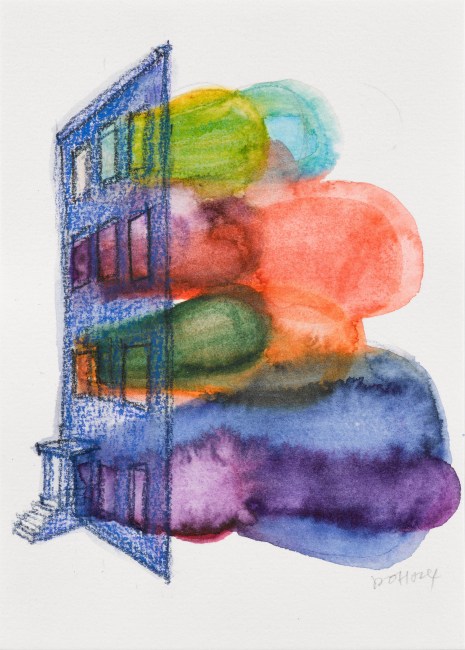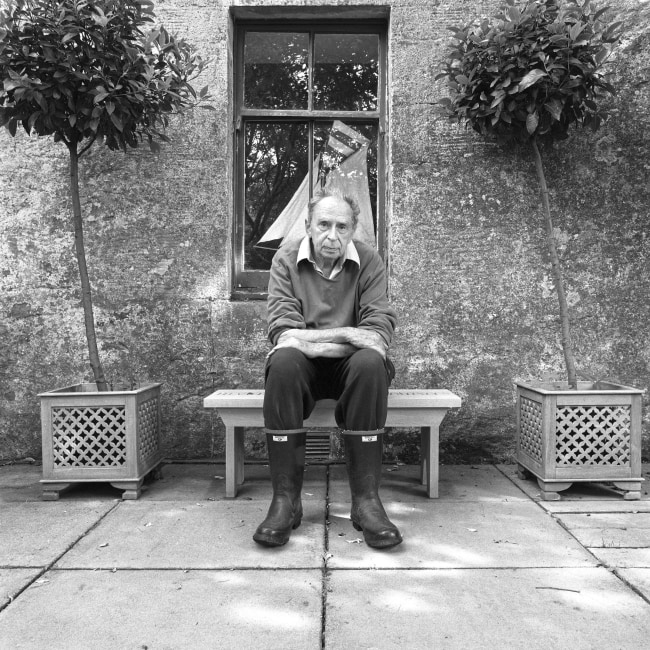María Berrío, Karon Davis, Rachel Kneebone, Kylie Manning, France-Lise McGurn, Florence Peake, Paula Rego, Megan Rooney, Xiyao Wang
This exhibition is available to view on vortic.art
The challenge to preserve movement, even latent movement, in immobile form has preoccupied and beguiled artists over centuries. All of the artists presented in this exhibition have a relationship with dance or, more broadly speaking, with the human body in movement, and a number of artists, including Kylie Manning, France-Lise McGurn and Florence Peake, have created new works for this context.
Dance is an art form in which the human body is the material, and the desire to embed the physical body into the artwork itself is a hallmark of many of the works in this exhibition. Megan Rooney wants us to feel the energy and experience of movement as much as she invites us to see it, so that brushwork becomes a kind of choreography. For a painter like Florence Peake, performance and the use of one’s own body are intrinsic to the process; Peake’s painting begins by her making an imprint of her body on paper, drawing around it as she moves.
Dance as a social and cultural phenomenon – such as the experience of dancing in a nightclub – is for France-Lise McGurn both a metaphor for and an approach to painting; painting understood and embodied as responsive to material, music, emotion and altered states of consciousness.
Sometimes it is the artists’ medium which is exploited to enhance the viewer’s perception of the moving body. Sculptor Rachel Kneebone pushes the medium of porcelain to its limits and beyond in her work, Dance, from 2017, to suggest some kind of dynamic metamorphosis that is enacted in front of our eyes.
Many of the artists would describe themselves as multidisciplinary; dance and performance being very much part of their wider artistic practice. Karon Davis was a dancer before she was an artist. Coming from a family of performers, Davis’ work alludes to the sacrifices that must be made from a very young age if a child wants to be a ballerina. It is an art form which is centred around some kind of quest for physical, classical perfection. Covering the black figure in white plaster dust, Davis asks poignant questions about what it means to be black in a white, Eurocentric industry.
In the case of Xiyao Wang, charcoal lines and multicoloured oil stick marks suggest traces of energy left behind by the human body. Informed by her own training as a dancer and in martial arts, Wang’s paintings are abstract records of the way the body moves through space and time, and we scrutinise these strokes and lines to try and understand the pathways the body has created.
A quote by artist Stanley Whitney inspired María Berrío, long fascinated by dance, to consider that in the act of painting, one becomes both the dancer and the music. This thinking led to a series of charcoal drawings of imagined young dancers, brimming with poise and resilience.
To create her monumental new painting Staccato, Kylie Manning collaborated with Sara Mearns, Principal Dancer with the New York City Ballet, whose ‘rare combination of strength and delicacy’ in her movement has directly informed Manning’s dynamic mark-making. In Staccato, which refers to a highly punctuated musical rhythm, Manning has captured the energy of Mearns’ motion in real time.
Further highlights include rarely seen works by Paula Rego, from her 1997 series Legend of the Fire, inspired by an ancient Portuguese folk tale. In Rego’s work the movement of a single figure is multiplied across the picture plane, expressing freedom, escape, or a transition of physical or emotional states through time and space.



